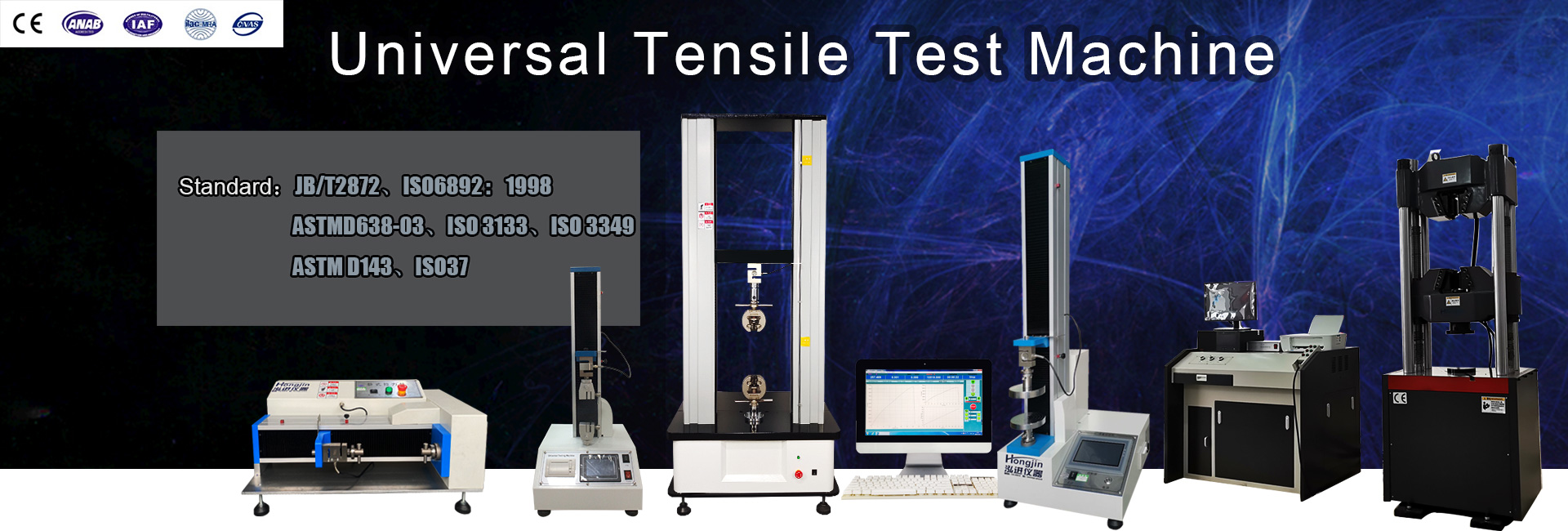Tension testing machines are essential tools used in a variety of industries to determine the mechanical properties of materials. These machines are used to determine how a material will perform under tensile forces, including its ability to withstand stretching, bending, and compressive forces. In this article, we will discuss the various types of tension testing machines, their applications, and the latest advancements in this field.
Types of Tension Testing Machines
There are several types of tension testing machines available in the market, each designed for specific applications. The most common types of tension testing machines include hydraulic, screw-driven, and electromechanical machines.
Hydraulic Tension Testing Machines: These machines use hydraulic force to generate tension. They are preferred for their high accuracy and ability to generate large forces. Hydraulic tension testing machines are commonly used in the aerospace and automotive industries to test the strength and durability of materials used in these fields.
Screw-driven Tension Testing Machines: These machines use a screw-driven system to apply tension. They are relatively simple in design and can be used for a variety of materials, including rubber, plastics, and metals. Screw-driven tension testing machines are commonly used in the construction and manufacturing industries.
Electromechanical Tension Testing Machines: These machines use an electric motor to generate tension. They offer high accuracy, ease of use, and are the most commonly used type of tension testing machine. Electromechanical tension testing machines are used in a variety of industries, including research, aerospace, and automotive.
Applications of Tension Testing Machines
Tension testing machines are used in a variety of applications across several industries. The following are some of the most common applications of these machines:
- Material Testing: Tension testing machines are used to test the strength, stiffness, and durability of materials such as metals, plastics, and composites. This is critical in industries such as aerospace, automotive, and construction, where materials must withstand high forces and temperatures.
- Quality Control: Tension testing machines are used to check the quality of raw materials and finished products. They help ensure that materials and products meet the required standards and specifications.
- Research and Development: Tension testing machines are used in research and development to study the mechanical properties of new materials and to develop new products. This is critical in fields such as materials science, aerospace, and biomedical engineering.Advancements in Tension Testing MachinesAdvancements in technology have led to the development of more accurate and efficient tension testing machines. The following are some of the latest advancements in this field:
- Digital Control: Many tension testing machines now feature digital controls that allow for more accurate and precise control of tension forces. This has improved the accuracy and reproducibility of test results.
- Automation: Some tension testing machines now feature automated systems that allow for the testing of multiple samples in a single run. This has improved efficiency and reduced testing time.
- Integrated Sensors: Tension testing machines are now equipped with integrated sensors that can measure strain, stress, and other parameters in real-time. This has improved the accuracy and reliability of test results.
Conclusion
Tension testing machines are essential tools used in a variety of industries to determine the mechanical properties of materials. There are several types of tension testing machines available, each designed for specific applications. These machines are used in material testing, quality control, and research and development. Advancements in technology have led to the development of more accurate and efficient tension testing machines with digital control, automation, and integrated sensors. As technology continues to advance, we can expect tension testing machines to become even more accurate, efficient, and versatile, making them an indispensable tool for engineers and scientists in various fields.

Post time: Feb-18-2023
